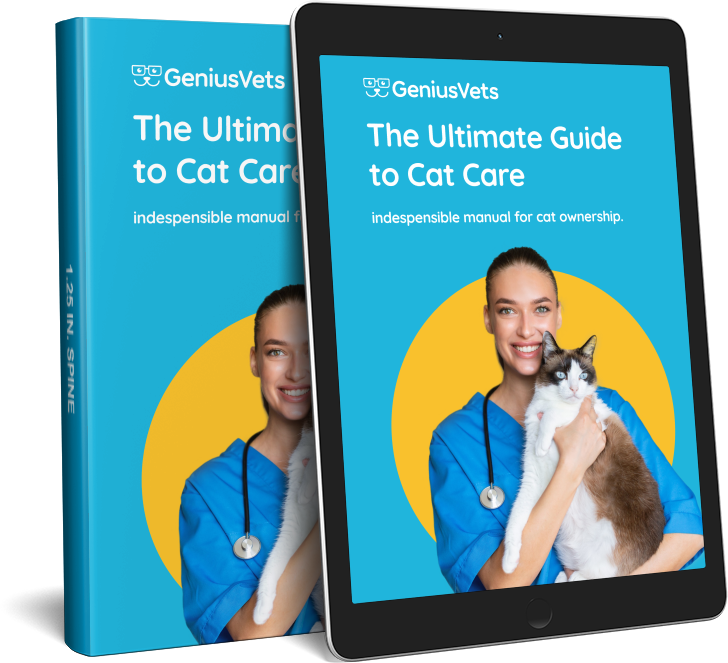Neonatal isoerythrolysis (NI) is a rare immune-mediated disease in cats. It occurs when newborn kittens with type A blood drink colostrum from a mother with type B blood, leading to the destruction of the kittens' red blood cells. This article discusses the causes, symptoms, diagnosis, and prevention of NI in cats.
Causes
NI results from a mismatch between the blood types of the mother (queen) and her kittens. In this context:
- Blood type A is dominant over blood type B.
- Tomcats (male cats) can be homozygous (genotype AA) or heterozygous (genotype AB) for blood type A.
- Approximately 95% of type B queens (female cats) have strong isoantibodies against type A blood.
Symptoms
Kittens affected by NI are born healthy and initially nurse vigorously. However, after drinking colostrum containing antibodies from a type B mother, they begin to show clinical signs within hours to days. These signs include:
- Failing to thrive
- Hemolytic anemia (destruction of red blood cells)
- Pigmenturia (dark red-brown urine)
- Jaundice (yellowing of the skin and mucous membranes)
- Depression
In severe cases, NI can lead to immune-mediated hemolysis, disseminated intravascular coagulation, acute renal failure, and, ultimately, death.
Diagnosis
Diagnosing NI involves various tests, including:
- Blood Tests: Blood typing can determine the blood type of the mother and kittens.
- Urinalysis: Pigmenturia (dark urine) in fading kittens is a highly diagnostic sign of NI.
- Clinical Signs: The presence of anemia, jaundice, and depression in affected kittens supports the diagnosis.
Prevention and Treatment
Preventing NI is the most effective approach, as treatment options are limited and the prognosis is guarded even with treatment. Prevention strategies include:
- Separation of Affected Kittens: Kittens at risk or already showing signs of NI should not nurse from their mother for the first three days after birth. Instead, they can be fed by a type A queen or a milk replacer during this period.
- Avoiding Incompatible Matings: Preventing NI is primarily achieved by avoiding matings between type B queens and type A (or AB) toms. Cord blood testing can determine the kittens' blood types to guide appropriate feeding.
- Monitoring for Clinical Signs: Careful observation of newborn kittens is crucial to identify early signs of NI, allowing for prompt intervention.
For kittens affected by NI, treatment involves supportive care, blood transfusions, and other measures. However, the prognosis remains guarded even with treatment.
In conclusion, neonatal isoerythrolysis is a rare but serious condition in cats that results from a blood type mismatch between the mother and her kittens. Preventing incompatible matings is the best defense against NI, as treatment options are limited, and the condition can be fatal. Vigilant monitoring and early intervention are key to improving the chances of survival for affected kittens.
Don't have a vet in your area yet? We can help you find a local veterinarian.
If you have more questions, the GeniusVets Telehealth platform will give you unlimited access to text and/or video calls with board-certified veterinarians! To learn more click here.


